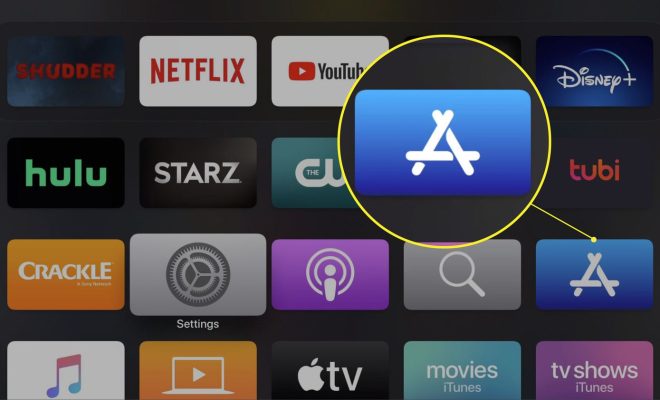Selecting Between I2C and SPI for Your Project

When it comes to designing a system that requires communication between multiple components, there are two popular serial communication interfaces that one could use: I2C (Inter-Integrated Circuit) and SPI (Serial Peripheral Interface). Both of these protocols provide a simple and efficient way of exchanging data between devices, but they differ in terms of their capabilities and limitations.
I2C is a two-wire interface that uses a single shared bus for communication between multiple devices. It supports a maximum data rate of up to 3.4 Mbps and allows multiple devices to share the same bus by using unique addresses. The main advantage of I2C is its simplicity and low hardware requirements, as it only requires two lines for communication – SDA (Serial Data) and SCL (Serial Clock).
On the other hand, SPI is a four-wire interface that provides full-duplex communication between two devices. It supports higher data rates than I2C, with speeds of up to 50 Mbps, and enables multiple devices to be connected in a daisy-chain configuration. SPI requires four lines for communication – MOSI (Master Out Slave In), MISO (Master In Slave Out), SCK (Serial Clock), and SS (Slave Select).
The choice between I2C and SPI for a project depends on several factors, including the number of devices to be connected, the required data rate, and the complexity of the communication protocol.
For projects that require a simple interface with relatively low data rates, I2C is a good option. It is especially useful for projects that utilize a small number of devices, such as sensors or small displays. Additionally, the low hardware requirements of I2C make it ideal for low-power applications such as battery-powered devices.
SPI, on the other hand, is best suited for more complex projects that require high data rates or have more devices to be connected. Its full-duplex communication allows for faster data transfer rates and its daisy-chain configuration enables the connection of multiple devices using only a few wires. SPI is commonly used in applications such as flash memory, LCD screens, and wireless modules.
Overall, choosing between I2C and SPI for your project depends on the specific requirements and constraints of the project. While I2C is simple and efficient, SPI provides greater flexibility and higher data rates. Familiarizing yourself with the strengths and weaknesses of each protocol will help you make the right decision and ensure the success of your project.






